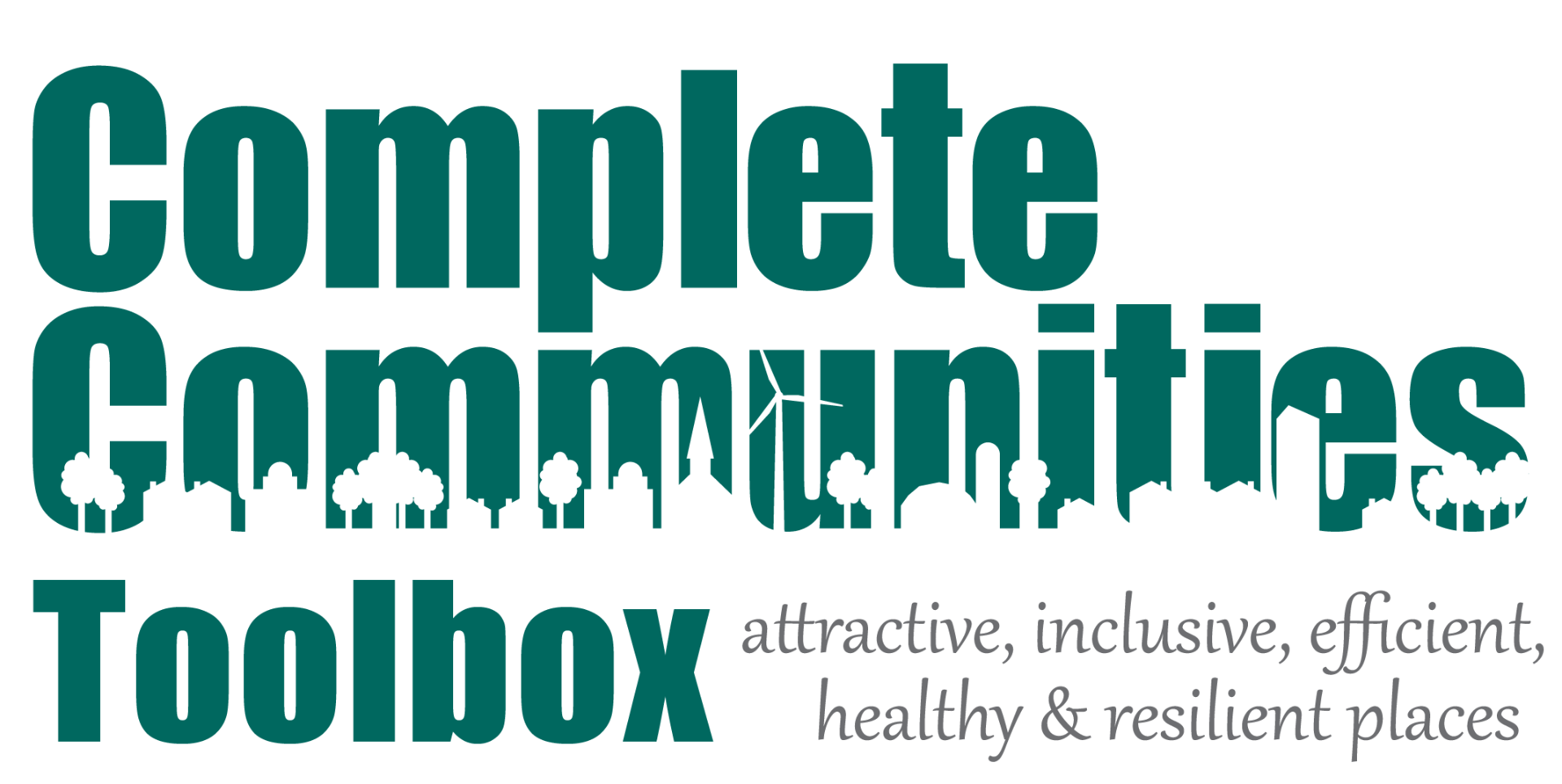Agriculture is the largest industry in the state of Delaware, with an annual gross production value of $1.083 billion. There are 510,253 acres of farmland in Delaware, which encompass 40 percent of the total land area in the state.
Yet in recent decades, Delaware’s rural landscape has been under intense growth pressures from encroaching suburban development. In the ten-year period between 1997 and 2007, Delaware lost nearly 70,000 acres, or 13.5 percent of its total farmland to residential development. Delaware is not alone in losing agricultural land to sprawling land-use patterns. Many rural communities and small towns across America are facing challenges, including rapid growth at metropolitan edges, declining rural populations, and loss of farms and working lands. According to the Land Trust Alliance, sprawl overtakes two acres of productive agricultural land every minute.
One of the tenants of the Complete Communities approach is providing a strong delineation between town and country. Rural communities can plan where development should, or should not go, to achieve growth and development while maintaining a distinctive rural character and way of life. Rural land management practices and policies should be considered by local government policy makers in rural areas to keep working lands viable, provide a sustainable land base for agriculture-based industries, and protect scenic rural landscapes.
The Delaware Department of Agriculture (DDA) works to preserve Delaware’s agricultural heritage through farmland preservation and land-use planning. Rural communities should contact DDA’s planning staff to obtain information on its Agricultural Lands Preservation Program.
In addition, IPA has produced a Rural Land Management video series as part of the Delaware Complete Communities Planning Toolbox. The video series explain why rural land management is so important to Delaware’s agriculture industry and state economy. It conveys how rural land management complements the Delaware State Strategies for Policies and Spending policy agenda, and describes different strategies and tools that local governments can use to preserve Delaware’s rural landscape. The following videos guide you through the five sections of Rural Land Management Tools:
1. Rural Land Management Tools: An Introduction
This introduction is intended to explain the history behind rural land preservation, as well as outline why rural land preservation and conservation is necessary in Delaware.
2. Rural Land Management Tools: Conservation Easements
This video explains how a conservation easement can preserve farmland. It presents the history and the application process of a conservation easement, and also goes through an example process step-by-step.
3. Rural Land Management Tools: Transfer of Development Rights (TDRs)
This video highlights the specific details about a TDR. It outlines the differences between a TDR and a conservation easement, presents an example of a successful implementation of a TDR
4. Rural Land Management Tools: Installment Purchase Agreements (IPAs)
This video outlines a sample example of a successful IPA, and presents the similarities and differences between an IPA and a conservation easement.
5. Rural Land Management Tools: Land Trusts
This final video explains one last method that public officials can use to preserve rural land in Delaware. It explains the process, and also refers the viewer to several existing land trusts for further information.

